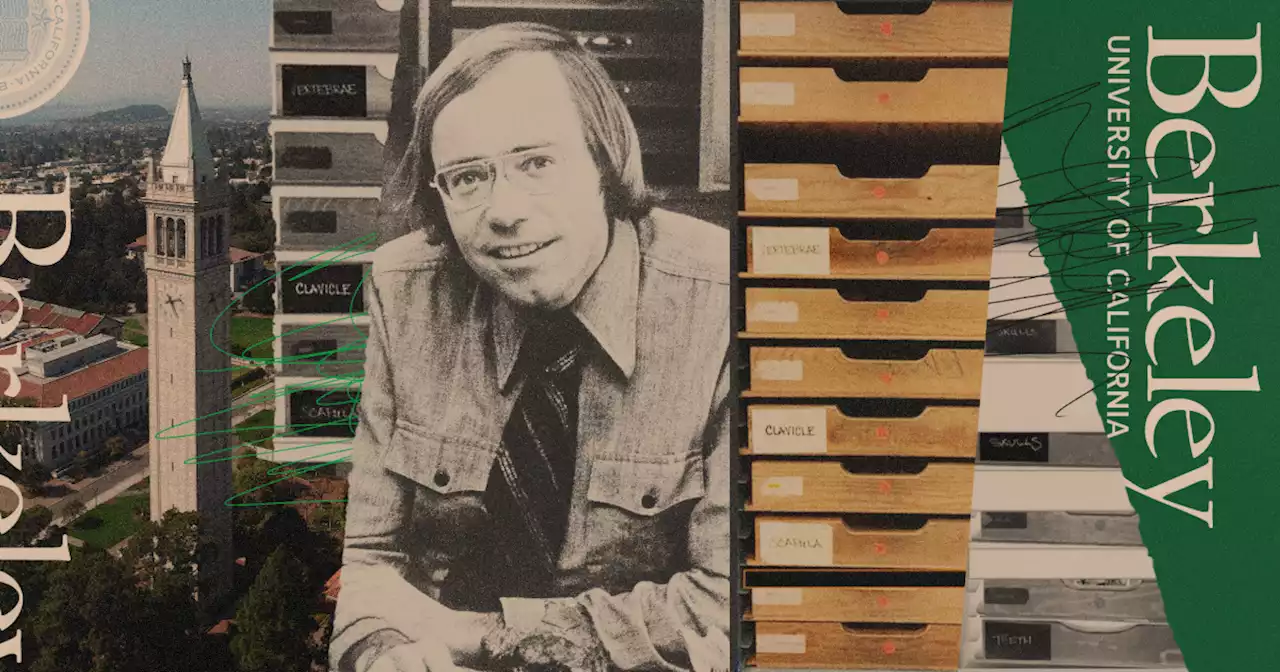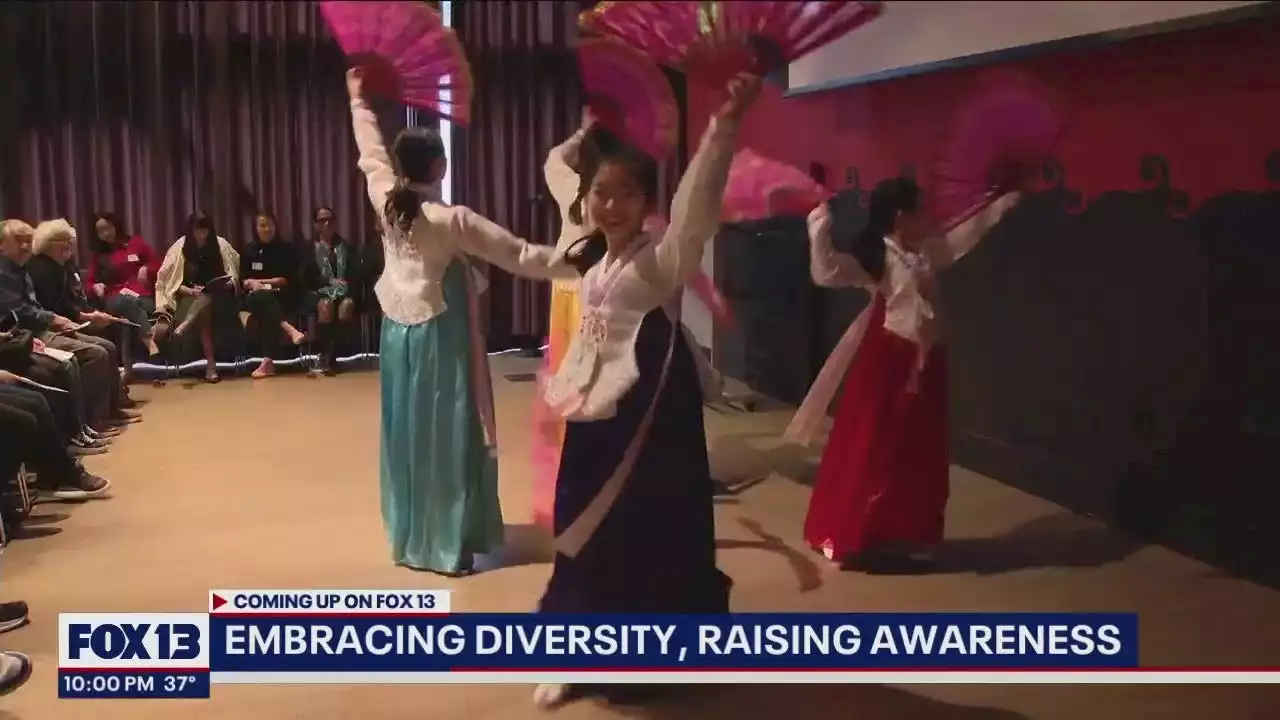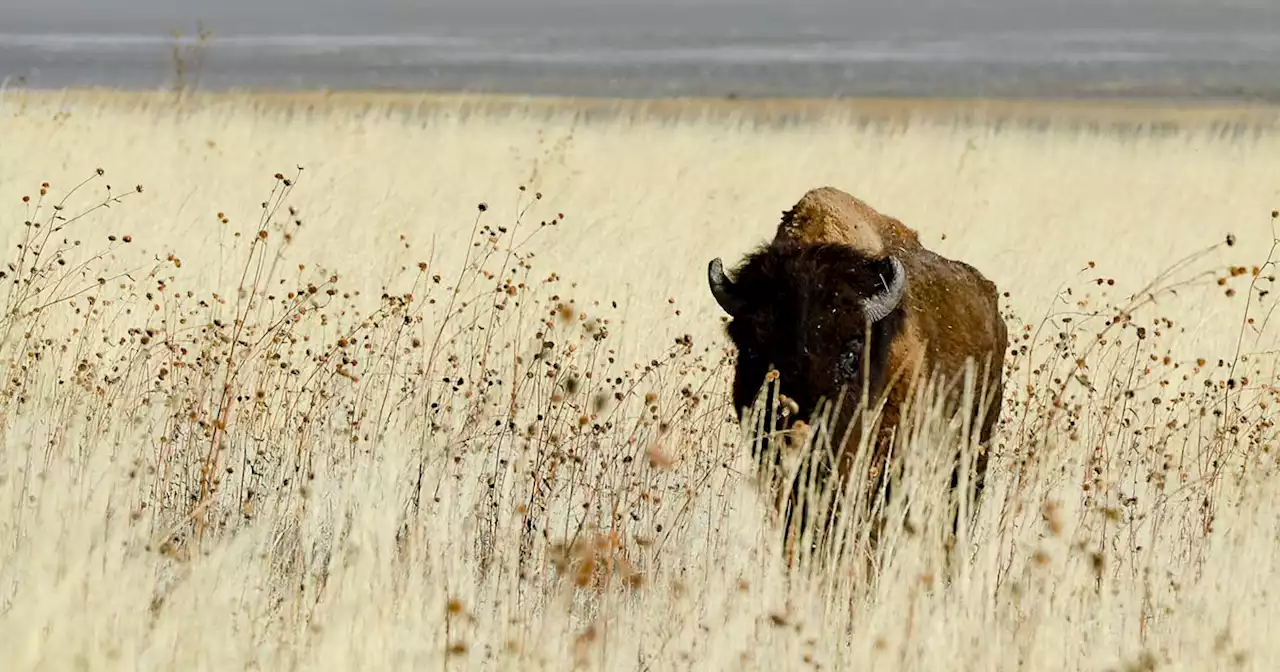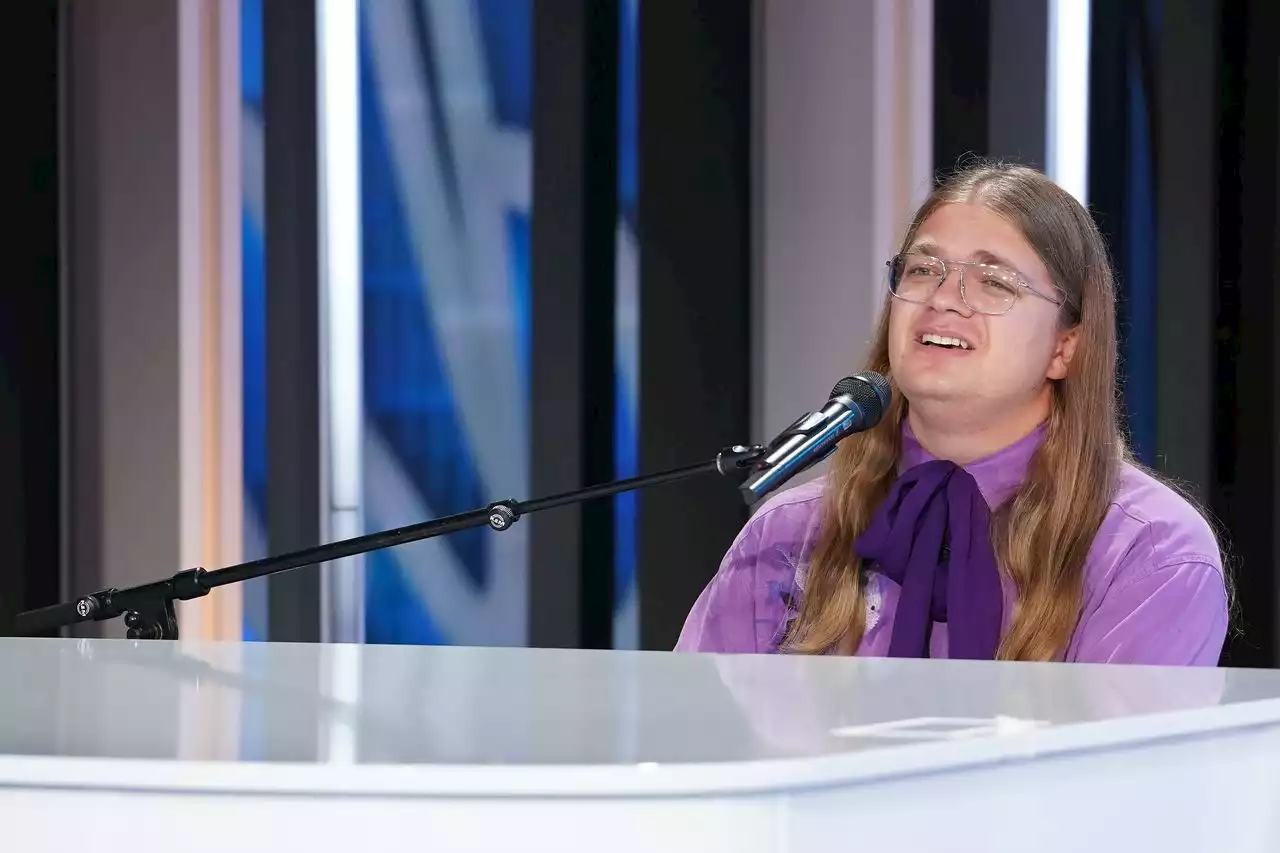WATCH: UC Berkeley slow to repatriate ancestral remains of Indigenous people, NBC News and ProPublica investigation finds.
This article was published in partnership with ProPublica, a nonprofit newsroom that investigates abuses of power. Sign up to receiveFor decades, famed professor Tim White used a vast collection of human remains — bones sorted by body part and stored in wooden bins — to teach his anthropology students at the University of California, Berkeley.
White said the collection did not need to be reported under NAGPRA because there is no way to determine the origin of the bones — and therefore the law does not apply. UC Berkeley officials declined interview requests, saying “tribes have asked us not to.” In a statement, the university said White was no longer involved in repatriation decisions. There is now a moratorium on using ancestral remains for teaching or research purposes, according to the statement. The Hearst Museum is currently closed to the public so that staff can prioritize repatriation.
Some tribal members accused him of demanding too high a burden of scientific proof for repatriations and discounting knowledge passed down through the generations. In the 1990s, he made headlines for, arguing that students should not be deprived of the opportunity to learn from them. He later sued to block the UC system from returning two sets of remains estimated to date from 9,000 years ago, saying they were too old to be linked to any living descendants.
“I want to apologize for the pain that we caused by holding on to this collection,” Rugg said at the hearing. “When we found out about it, we were dismayed ourselves.” A university spokesperson said staff and administrators are consulting with several tribes on next steps. Federal officials confirmed UC Berkeley has contacted them requesting guidance.
His name recently was stripped from Berkeley’s anthropology building, in part for housing an Indigenous man found in the Sierra Foothills as a living exhibit at what would later become the Hearst Museum. Described as the last living member of his band of Yahi Indians, the man — whom— was studied and made to craft arrows and greet visitors for nearly five years, until his death in 1916.
In the early 1970s, Native American activists’ long-standing resistance to the grave robbing started gaining momentum amid protests that stealing from Native Americans’ burial sites in the name of science was a human rights violation. UC Berkeley hired White, then 27, soon after he had obtained his Ph.D. in biological anthropology from the University of Michigan. He already was collaborating with a team to analyze “Lucy,” a 3.2-million-year-old human ancestor.that boasted of UC Berkeley’s collection of human remains and called ancient skeletons “ambassadors from the past.”
, an advisory group whose members represent tribal, scientific and museum organizations. It can only offer recommendations in response to disputes. Ancestral remains are not research material, Ayau said, they are people with whom he shares a connection — a perspective that is central to Native Hawaiian culture.
“Just leaving aside NAGPRA, as a museum anthropologist, that’s an unacceptable thing,” she told ProPublica and NBC News. “When materials are not in the physical control of the staff of the museum, you need legal documentation.” White filed a whistleblower complaint with the university in 1997 accusing the museum, under Joyce’s leadership, of seeking an unnecessary extension to NAGPRA’s reporting deadline.
Joyce said the arrangement was untenable and she felt unsupported by the university’s leadership. White continued to teach with the remains.Myra Masiel-Zamora, now an archaeologist for the Pechanga Band of Indians, enrolled in White’s osteology class more than 20 years ago when she was 18 and a first-year student. But, she said, she withdrew from the course after a teaching assistant told her the human remains belonged to Native Americans.
Meanwhile, White’s career was skyrocketing after he led a team that discovered and excavated a 4.4-million-year-old hominid unearthed in Ethiopia. It was deemed thein 2009 by the American Association for the Advancement of Science and cemented his reputation in the field. It also landed him, along with the likes of Barack Obama and Steve Jobs, on Time magazine’s 2010 list of the world’s 100 most influential people.Timothy A.
The following year, UC Berkeley Chancellor Carol Christ disbanded the campus’ NAGPRA committee that White had served on, records show. The university established a new one that did not include him. “Going into that facility for the first time was horrifying. Literally shelves of human remains,” said Zavalla, the tribe’s cultural director. “And you pull them out, and there’s ancestors mixed all together, sometimes just all femur bones, a tray full of skulls.”
Nakia Zavalla, cultural director of the Santa Ynez Band of Chumash Indians, said the tribe had to bring its own cardboard boxes when retrieving repatriated remains.California state lawmakers passed a bill in 2018 to expand the Native American Heritage Commission’s oversight of repatriation policies and compliance committees within the UC system. The legislation called for an audit of all UC campuses’ compliance with NAGPRA.
In August 2020, White reported the contents of the collection he taught with to university administrators. The university should have consulted tribes sooner, he said, to ensure the remains were handled respectfully and to help speed the repatriation process. “So much happened to these ancestors,” he said — they should not be in a box or on a shelf.Separate from the teaching collection that White reported in 2020, he also notified administrators that he’d discovered remains with museum labels stashed in gray bins in a teaching laboratory.
United States Latest News, United States Headlines
Similar News:You can also read news stories similar to this one that we have collected from other news sources.
 How a UC Berkeley professor taught with remains suspected to be Native AmericanA famed UC Berkeley professor taught with human remains. University officials now suspect many of them were Native Americans excavated from gravesites, our investigation with ProPublica found.
How a UC Berkeley professor taught with remains suspected to be Native AmericanA famed UC Berkeley professor taught with human remains. University officials now suspect many of them were Native Americans excavated from gravesites, our investigation with ProPublica found.
Read more »
 ‘Make Us Visible' aims to raise awareness about Asian-American, Native Hawaiian & Pacific IslandersHate crimes against Asian-Americans have been on the rise for nearly 10 years. Yet, the sharpest spike in hate crimes, per the DOJ, has been since the COVID-19 pandemic began. FOX13
‘Make Us Visible' aims to raise awareness about Asian-American, Native Hawaiian & Pacific IslandersHate crimes against Asian-Americans have been on the rise for nearly 10 years. Yet, the sharpest spike in hate crimes, per the DOJ, has been since the COVID-19 pandemic began. FOX13
Read more »
 U.S. to focus bison restoration on expanding tribal herdsU.S. officials will work to restore more large bison herds to Native American lands under an order from Interior Secretary Deb Haaland that calls for the government to tap into Indigenous knowledge in its efforts to conserve the animals.
U.S. to focus bison restoration on expanding tribal herdsU.S. officials will work to restore more large bison herds to Native American lands under an order from Interior Secretary Deb Haaland that calls for the government to tap into Indigenous knowledge in its efforts to conserve the animals.
Read more »
 How to watch ‘American Idol’ tonight (3/5/23): FREE live stream, time, channelAuditions will continue during the third episode of season 6 on ABC.
How to watch ‘American Idol’ tonight (3/5/23): FREE live stream, time, channelAuditions will continue during the third episode of season 6 on ABC.
Read more »
 The Fight To Return Native Remains to Their TribesOn the latest What Next: 30 years after the Native American Graves and Repatriation Act passed, why do universities still hold thousands of human remains?
The Fight To Return Native Remains to Their TribesOn the latest What Next: 30 years after the Native American Graves and Repatriation Act passed, why do universities still hold thousands of human remains?
Read more »
 Why has a San Jose cat abandoned her owner’s lap?Plus: A Berkeley reader wonders about the tap-tap-tapping coming from her walls.
Why has a San Jose cat abandoned her owner’s lap?Plus: A Berkeley reader wonders about the tap-tap-tapping coming from her walls.
Read more »